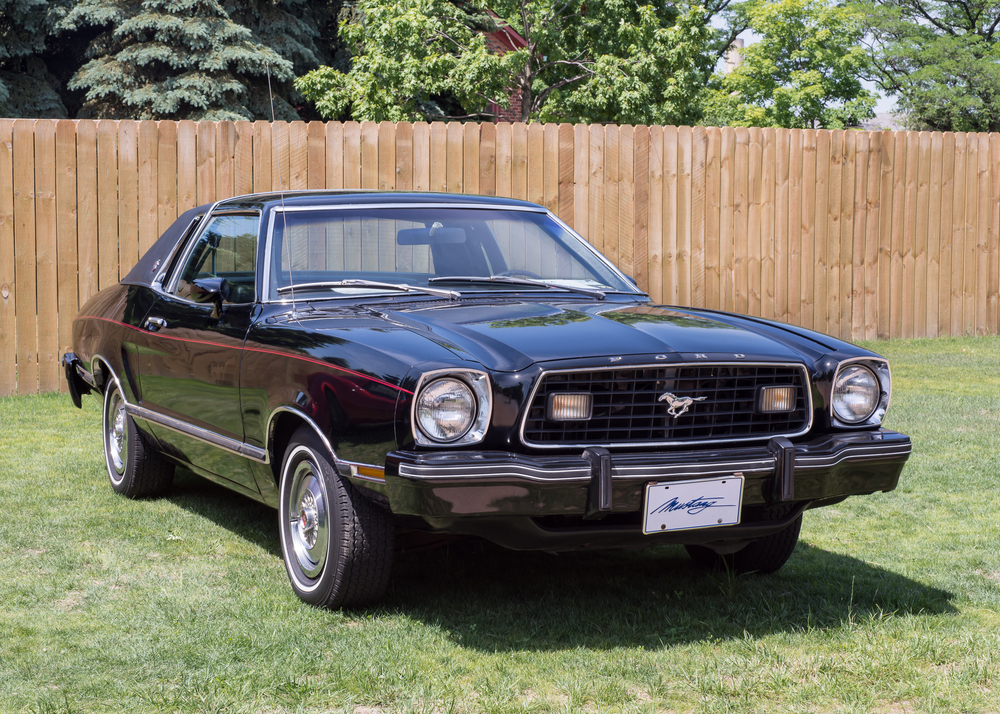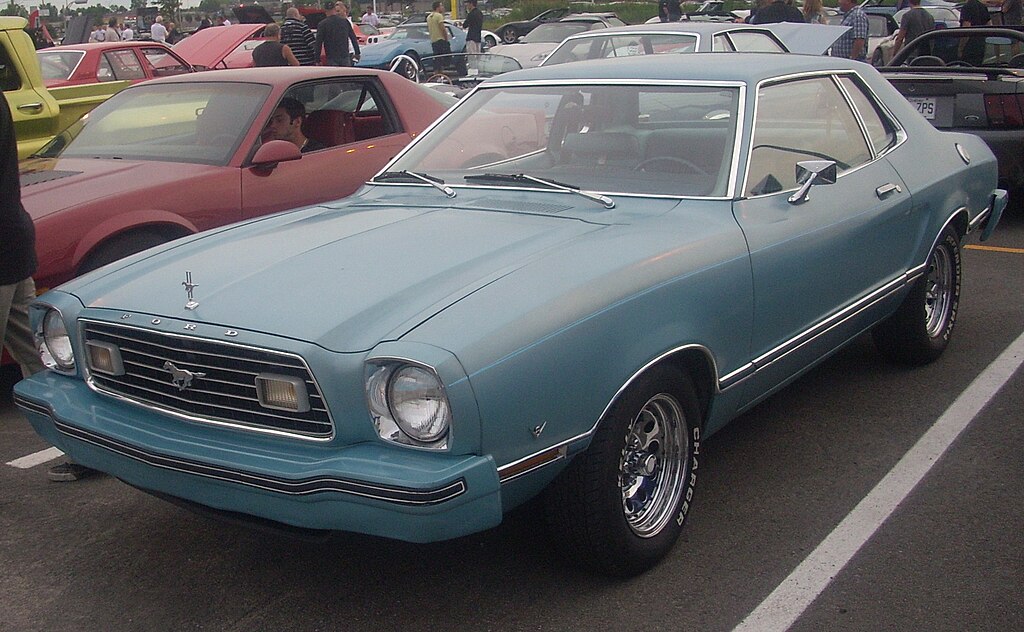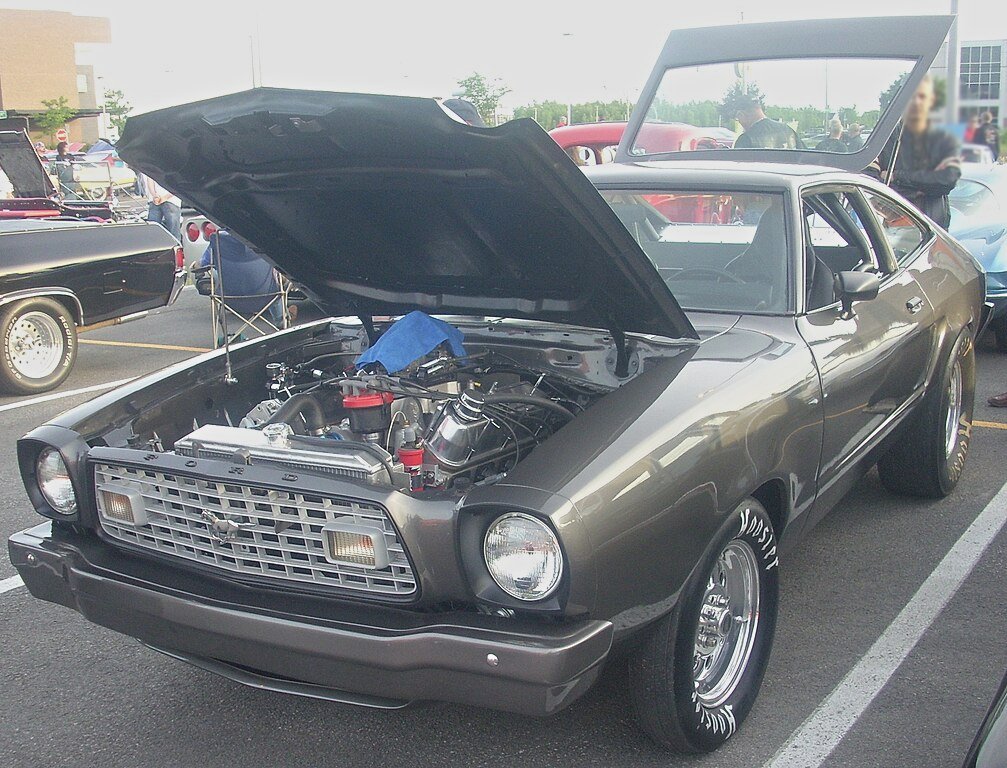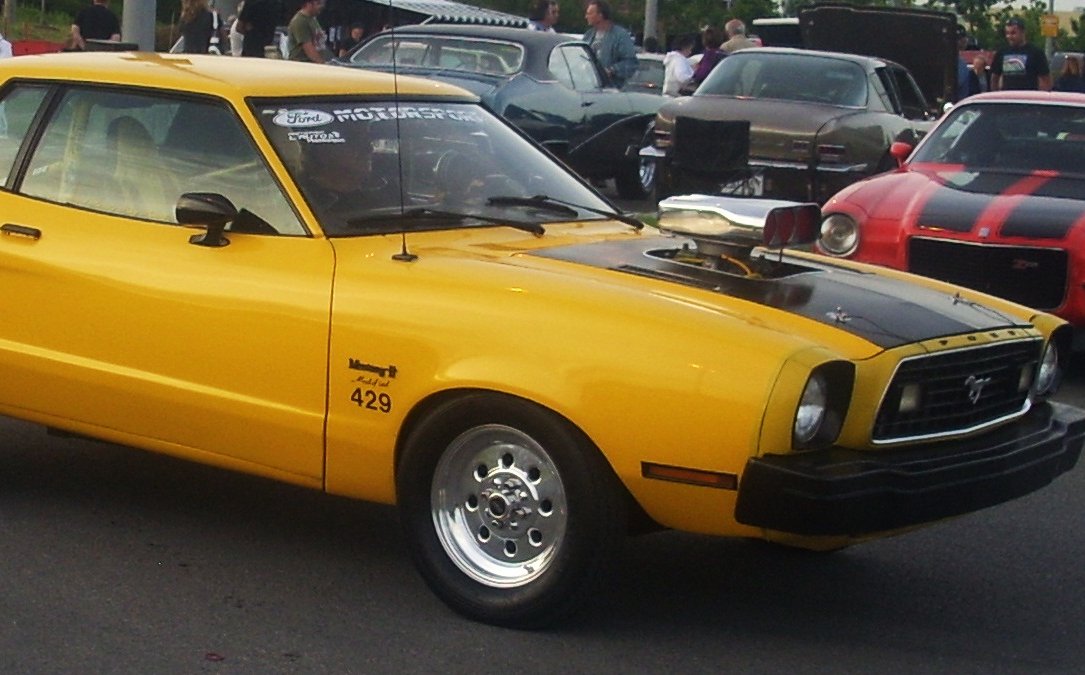What’s In A Name?
The Ford Mustang is perhaps one of the most recognizable cars in North America. These familiar vehicles and their running horse icon can be seen on the streets of major cities and small towns. But did you know the Mustang had a younger, less-successful sibling? Enter: The Mustang II.

A Pony Car For The People
As gas prices started to surge and finances weakened, there was an outcry from the auto-buying public for smaller, more affordable cars. Ford president Lee Iacocca listened and decided to introduce a new pony car named the Mustang II, after one of Ford’s best-selling vehicles.
But What The Heck Is A Pony Car?
Yeah, okay, but wait a second. What’s a pony car? For those unfamiliar with the term, this is a style of American auto that tends to be small, sporty, and endlessly upgradable. The 1964 Ford Mustang is considered to be the first successful pony car, and, as of 2024, is the last one still in production. The pony comes from the Mustang’s iconic galloping symbol.
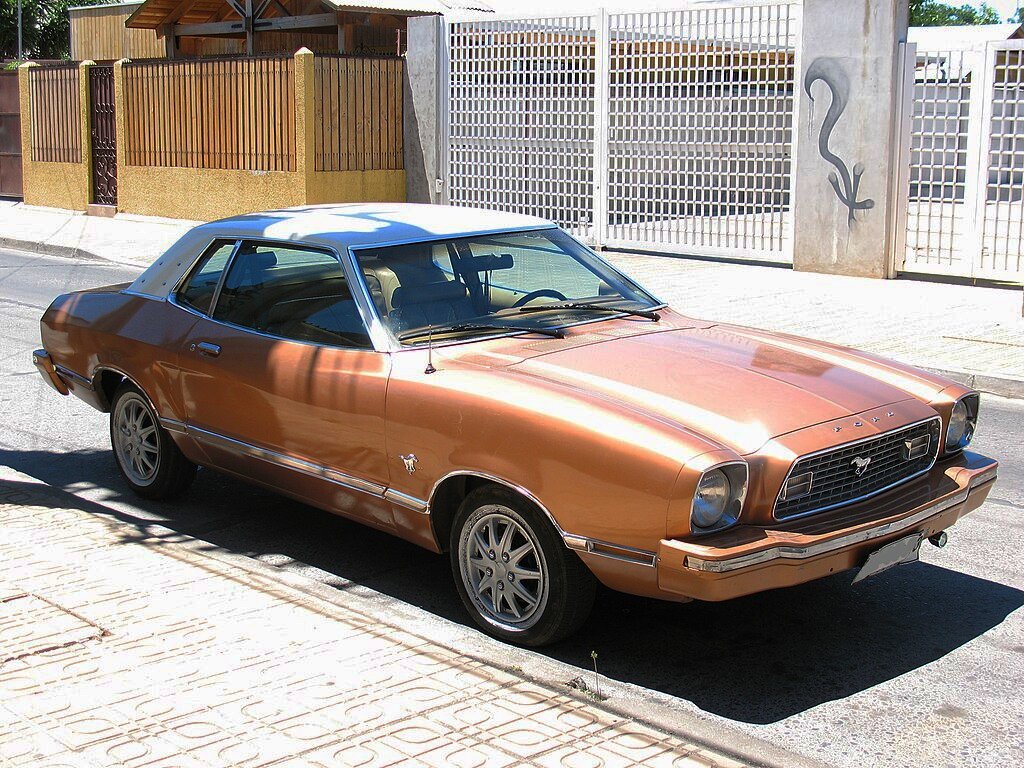 order_242, CC BY-SA 2.0,Wikimedia Commons
order_242, CC BY-SA 2.0,Wikimedia Commons
Other Ponies
The Mustang wasn’t the first pony car, but it was the most successful one. Plymouth’s Barracuda is considered the first pony car to go into production and was released two weeks before the Ford Mustang. Other ponies include the Chevrolet Camaro and Pontiac Firebird.
Mustang II Origins: The Mustang
The original Mustang is among Ford’s best-selling cars of all time. Introduced in 1964, it had already sold 1 million units within two years of its release. The Mustang is the longest-produced Ford car. Because of its popularity, Ford executives decided calling their new car the “Mustang II” might boost sales and interest.
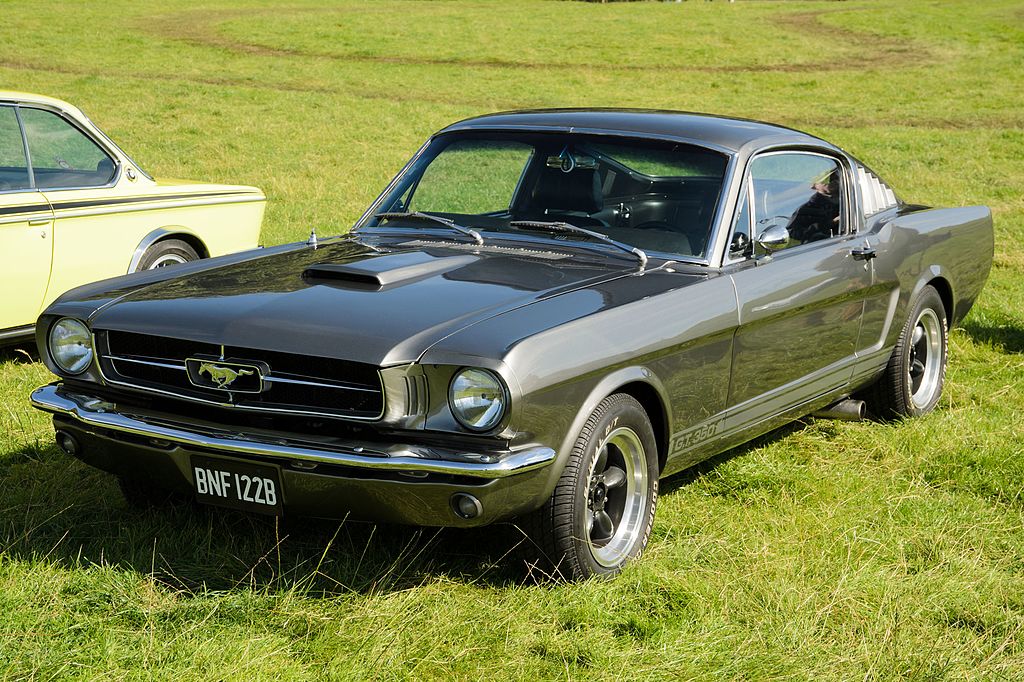 SG2012, CC BY 2.0, Wikimedia Commons
SG2012, CC BY 2.0, Wikimedia Commons
It’s All About The Small
The original Mustang was based on the build of Ford’s Falcon. Original plans for the new Mustang were based on the Ford Maverick, a similar car to the Falcon. But as consumers wanted smaller and smaller cars, Ford decided to make things subcompact and base the new Mustang design on the Pinto.
 Rex Gray, CC BY-SA 2.0, Wikimedia Commons
Rex Gray, CC BY-SA 2.0, Wikimedia Commons
Mustang II Origins: The Pinto
Considering the Pinto regularly makes worst car of all time lists, it was a strange choice for Ford to make as a template for their Mustang II. The Pinto, aside from having performance issues, was also rumored to burst into flame if hit from the rear, though these claims may have been exaggerated somewhat.
 JOHN LLOYD, CC BY 2.0, Wikimedia Commons
JOHN LLOYD, CC BY 2.0, Wikimedia Commons
If You Recall…
Whether exaggerated or not, the stories that followed the Pinto through its existence resulted in lawsuits, recalls, and a good deal of public scrutiny. A rear-placed fuel tank was considered a dangerous move, but regulations around car design were fluctuating at the time and would be significantly impacted by the coming 1973 oil crisis.
 Mr.choppers, CC BY-SA 3.0, Wikimedia Commons
Mr.choppers, CC BY-SA 3.0, Wikimedia Commons
Why Make A Sequel?
Ford’s original Mustang had been a perennial best-seller in the decade since its introduction. But between 1964 and 1973, the Mustang had gone from a small, sporty coupe to a larger design, more in line with the sedan market. Many Mustang fans disliked this change, hence the introduction of the smaller, sleeker Mustang II.
 dave_7, CC BY 2.0, Wikimedia Commons
dave_7, CC BY 2.0, Wikimedia Commons
Who’s To Blame?
While the decision to put the Mustang II into production ultimately lay with CEO Lee Iacocca, he wasn’t the only one to blame for this critically panned car. The car’s look came from designer Howard “Buck” Mook and was selected by the company’s CEO.
 João Tavares, Wikimedia Commons
João Tavares, Wikimedia Commons
You’ve Got Options
The Mustang II originally came in two styles: a two-door coupe and a three-door hatchback. An optional “2+2”backseat was available in the coupe, and standard on the hatchback. The 2+2 design offered a rear passenger seat, though with significantly less legroom than the two front seats.
Size Matters
One of the draws of the pony car was its small size. They were compact, sporty vehicles, sometimes convertibles, that had a particular look and feel about them for discerning drivers. But as time rolled on, pony cars got bigger and bulkier, moving away from what gave them their initial draw.
 Crwpitman, CC BY-SA 4.0, Wikimedia Commons
Crwpitman, CC BY-SA 4.0, Wikimedia Commons
Give Us A Smaller Car!
When Lee Iacocca listened to the public asking for a smaller car, he tasked his designers with coming up with something new. In the auto industry, this tends to mean taking bits and pieces from existing designs and putting them together. With the Mustang name and the Pinto frame, Ford thought they had a hit on their hands.
 Toyota Automobile Museum, Picryl
Toyota Automobile Museum, Picryl
A Different Market
When the Mustang II hit the market in 1974, it was no longer competing against other contemporary pony cars. The choice to use the Pinto frame as a basis for the car meant that the Mustang II was up against a slew of subcompact vehicles, including the Buick Skyhawk and the Pontiac Sunbird.
 Greg Gjerdingen, CC BY 2.0, Wikimedia Commons
Greg Gjerdingen, CC BY 2.0, Wikimedia Commons
Good Timing?
The 1973 introduction of the Mustang II coincided with a devastating energy crisis in the United States. While no one could have predicted it, the introduction of a new subcompact vehicle into the market was an excellent move on the part of the Ford Motor Company.
 dave_7, CC BY 2.0, Wikimedia Commons
dave_7, CC BY 2.0, Wikimedia Commons
Vital Statistics
The original Mustang II weighed in at 490 pounds lighter than the 1973 Mustang and was 19 inches shorter. It used rack-and-pinion steering, differing from its Pinto predecessor. Over its four years of production, the car sold over 1.1 million units. So why is it considered a flop nowadays?
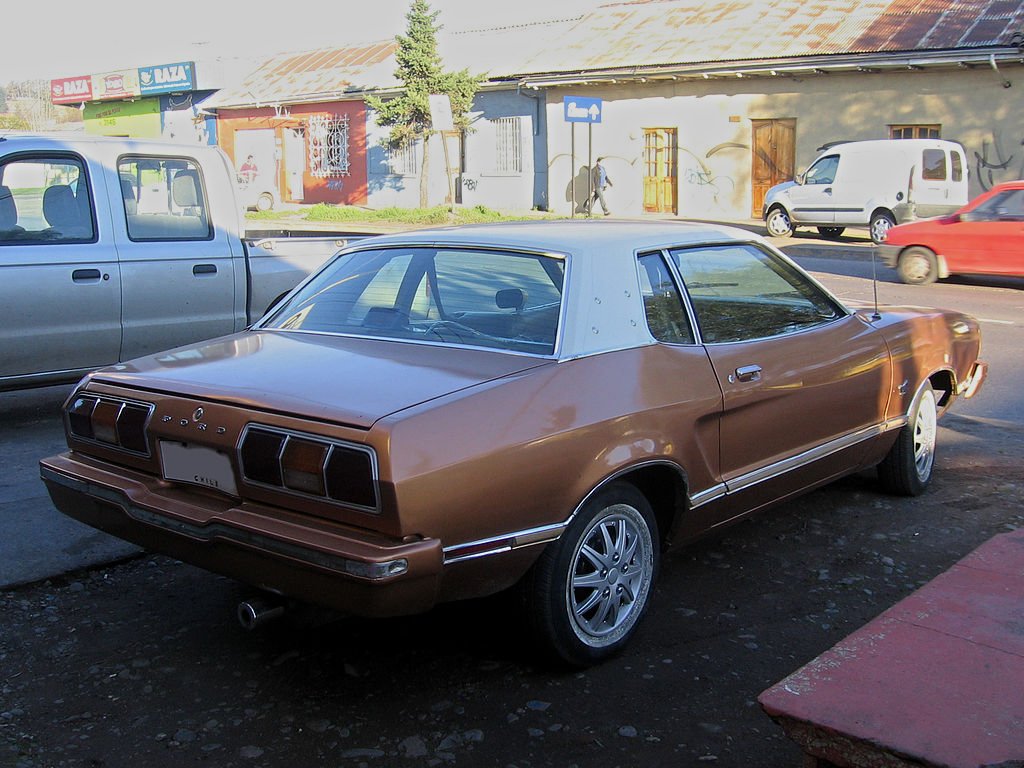 order_242, CC BY-SA 2.0, Wikimedia Commons
order_242, CC BY-SA 2.0, Wikimedia Commons
An Italian Touch
The Mustang II was meant to shout out “Luxury!” Italian coachbuilder Ghia, a recent Ford acquisition, was responsible for the look of the car, inside and out. The comfy interior, stylish exterior, and notchback and hatchback options all pointed to the car being not only compact but also comfortable.
 Sicnag, CC BY 2.0, Wikimedia Commons
Sicnag, CC BY 2.0, Wikimedia Commons
The Oil Crisis
1973 saw the infamous oil crisis hit the United States. With US oil production getting low, an embargo by Arab nations over political disagreements meant that gas and oil prices in the US skyrocketed. Then President Richard Nixon scrambled to address the crisis but only seemed to make things worse.
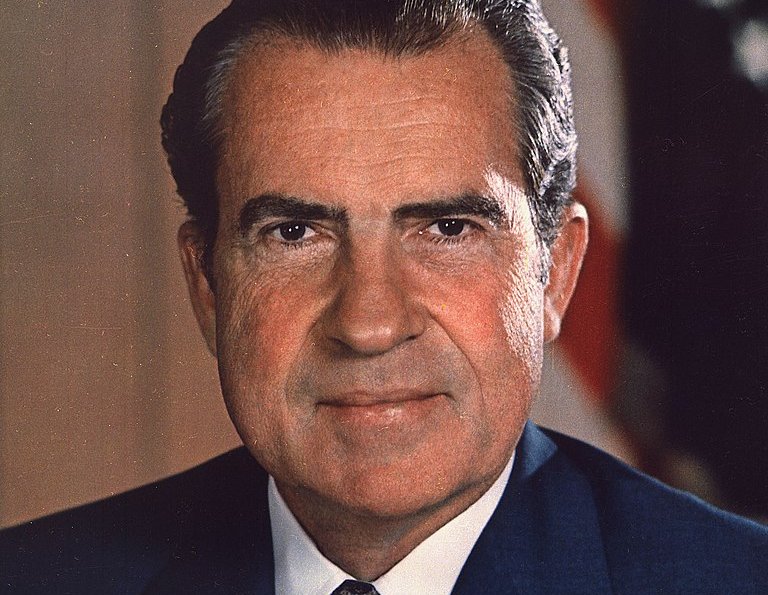 Department of Defense, Wikimedia Commons
Department of Defense, Wikimedia Commons
Meanwhile, The Mustang II…
The incredible upheaval the oil crisis caused rippled through many sectors of American life, including insurance, safety, and emissions standards. The Mustang II entered the market at a time when consumers were looking for vehicles that were safe and reliable but, mostly, would cost them less.
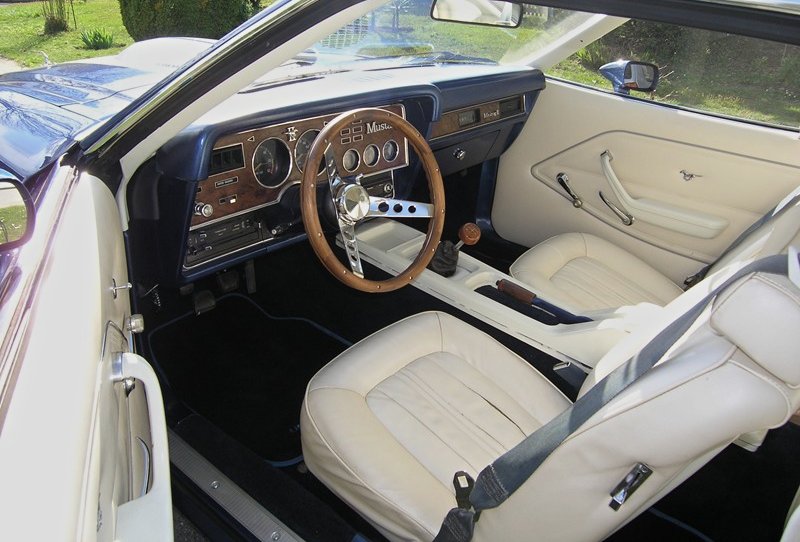 Christian Pirker, Wikimedia Commons
Christian Pirker, Wikimedia Commons
Car Of The Year
Hang on. Aren’t we talking about a car that flopped? Well, yes, but there’s some history we need to look at first, and part of that history is that the Mustang II wasn’t actually that much of a flop on its initial release. Motor Trend called it the Car of the Year in 1974.
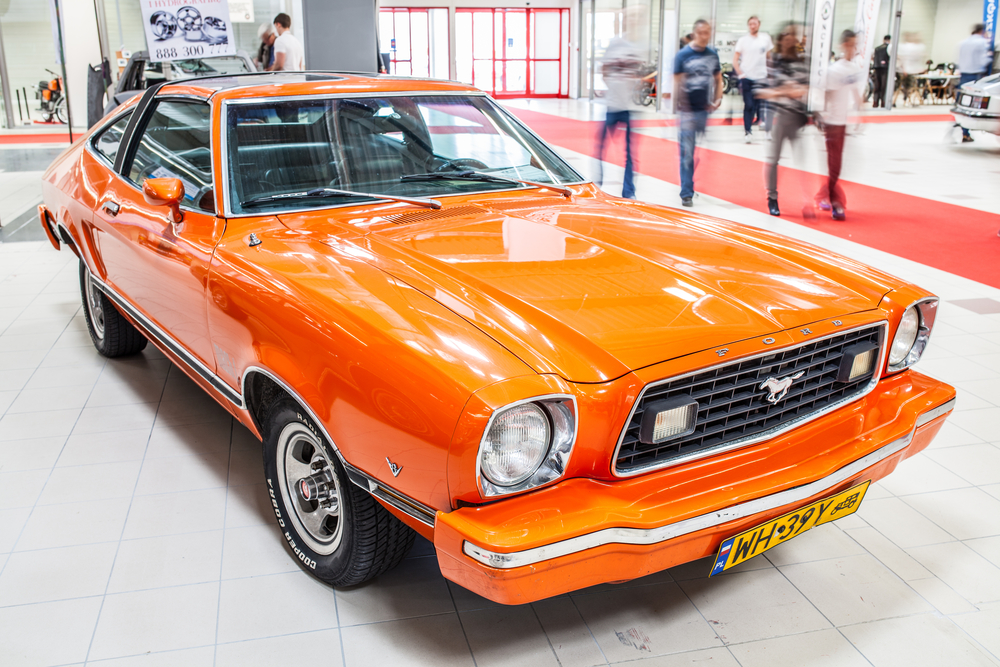 Grzegorz Czapski, Shutterstock
Grzegorz Czapski, Shutterstock
A Good First Year
As we noted, the subcompact was a popular choice in the mid-70s thanks to oil embargos and gasoline rationing. The Mustang II seemed to be a good choice, hearkening back to the smaller size of the original 1964 Mustang while still offering sporty good looks and fuel economy.
Or Was It?
Despite decent reviews and sales, the Mustang II did have some problems that first year. The combination of Mustang and Pinto left critics unsure of exactly what kind of car the Mustang II was–luxury subcompact or personal luxury car. And then there were some concerns about the vehicle’s handling.
A Not-So-Good Second Year
With the oil crisis starting to fade from memory and the economy, Ford added a V8 option to the Mustang II in 1975. The thought behind this addition was to give the vehicle some “oomph”, to increase its performance levels and make the car that much more desirable to a growing consumer base.
 Riley, CC BY 2.0, Wikimedia Commons
Riley, CC BY 2.0, Wikimedia Commons
Good Sales, Not Great Sales
Unfortunately, the heavier engine proved detrimental to the Mustang II’s performance. Acceleration was sluggish and the added weight was even more of a burden to the already dodgy handling. Although the car became the 9th best-selling Mustang of all time in 1975, sales had dropped almost 50% from the previous year.
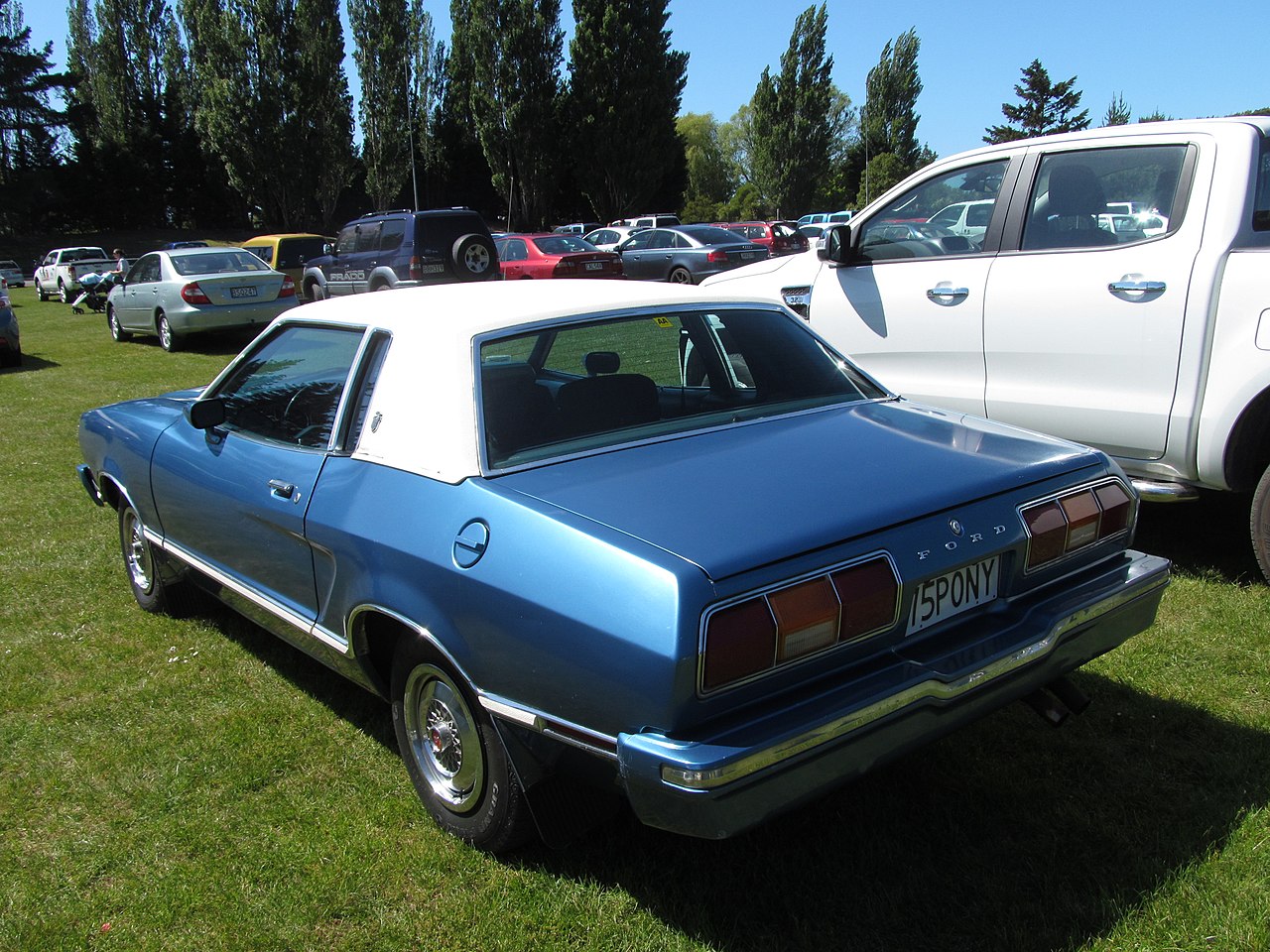 Riley, CC BY 2.0, Wikimedia Commons
Riley, CC BY 2.0, Wikimedia Commons
A Good Looking Third Year
1976 saw several aesthetic and performance changes to the Mustang II, both of which contributed to increased sales that year. Sportier paint jobs, spoilers, and styled wheels were popular with consumers, although Consumer Guide still ranked the car very low concerning fuel efficiency.
 RL GNZLZ, CC BY-SA 2.0, Wikimedia Commons
RL GNZLZ, CC BY-SA 2.0, Wikimedia Commons
The Last Two Years
1977 and 1978 saw mainly cosmetic changes for the Mustang II. The “Cobra II” marketing increased, and the car was more and more advertised as a sporty vehicle, rather than the luxury package it was made out to be in previous years. And these cosmetic changes didn’t make a difference to some of the car’s continuing performance issues.
 Sicnag, CC BY 2.0, Wikimedia Commons
Sicnag, CC BY 2.0, Wikimedia Commons
A Good Last Year
Car reviewer Edmunds calls the 1978 “King Cobra” version of the Mustang II “as nutty a Mustang as has ever been built”. Despite its nuttiness, the King Cobra and its less-flamboyant siblings managed a slight boost in sales, hitting just over 192,000 units produced in 1978.
 Sicnag, CC BY 2.0, Wikimedia Commons
Sicnag, CC BY 2.0, Wikimedia Commons
So What Went Wrong?
From all appearances, the Mustang II was a good performer at the time, addressing the needs of American buyers while the oil crisis hammered the auto industry. But hindsight, as they say, is 20/20, and those looking back on the car point out that it was not the great success Ford wanted it to be.
 Bill Abbott, CC BY-SA 2.0, Wikimedia Commons
Bill Abbott, CC BY-SA 2.0, Wikimedia Commons
The Malaise Era
The Mustang II has come to be seen as an emblem of what’s known as “The Malaise Era” of American automotive production. Following the oil crisis and the tightening of government regulation on car design, the years between the mid-70s and mid-80s saw a decline in car power in favor of fuel efficiency and safety.
Foreign Interference
This era also marked the first real entry of foreign car manufacturers into the US market. Many non-American car companies had more extensive experience with compact, fuel-efficient cars, and US manufacturers were slow to catch up. The Mustang II is a good example of a car that couldn’t really get size and economy right.
 Sicnag, CC BY 2.0, Wikimedia Commons
Sicnag, CC BY 2.0, Wikimedia Commons
Was The Mustang II Really That Bad?
The short answer to this question is, according to contemporary reviewers, “Yes”. Despite the sales success of the Mustang II’s production run, many critics point out that, in contrast to similar cars of the time, the Mustang II failed to compare favorably.
Hindsight Really Is…Brutal
To get a good idea of how contemporary reviewers judge the Mustang II, have a look at this quote from well-regarded car reviewer Edmunds: “It was too small, underpowered, handled poorly, terribly put together, ill-proportioned, chintzy in its details and altogether subpar”. Ouch!
 Joost J. Bakker, CC BY 2.0, Wikimedia Commons
Joost J. Bakker, CC BY 2.0, Wikimedia Commons
Not Enough Power
One primary complaint about the Mustang II is the lack of power in any of the engine options offered to buyers. Despite numerous changes in the engines and various options offered, the Mustang II simply could not perform with the same reliability as its competitors or its older sibling, the Mustang.
 Handelsgeselschaft, CC BY-SA 4.0, Wikimedia Commons
Handelsgeselschaft, CC BY-SA 4.0, Wikimedia Commons
The Pinto Legacy
Although, as we noted, the propensity of the Pinto to burst into flame when struck from the rear might have been somewhat overblown, that legacy followed the Pinto-based Mustang II. The car’s steering and the use of highly suspect Firestone 500 tires made the car seem a lot less safe than it probably was.
 Morven, CC BY-SA 3.0, Wikimedia Commons
Morven, CC BY-SA 3.0, Wikimedia Commons
The Cobra Rebrand
The 1976 and 1977 prominence of the “Cobra II” branding of the Mustang II might have made consumers pay attention to the look of the car, but underneath the decals and racing stripes, little improvement was made to the performance of the car. Sales in those years began to slide, even though there was a brief 1978 resurgence before the line was discontinued.
 Jiří Sedláček, CC BY-SA 4.0, Wikimedia Commons
Jiří Sedláček, CC BY-SA 4.0, Wikimedia Commons
So Was It A Flop Or Not?
The answer to this question depends very much on what perspective you’re taking. The Mustang II sold very well when it was first introduced, and many credit it with keeping the Mustang name alive long enough to be celebrating 60 years of production in 2024. If you’ll recall, it was named Car of the Year in 1974.
In The Rear View
On the other hand, reviewer Autoblog noted that the naming of the Mustang II Car of the Year in 1974 by Motor Trend seemed a matter of “trading annual honors for ad pages”. Autoblog instead listed the Mustang II as one of the 20 Dumbest Cars of All Time.
 HombreDHojalata, CC BY-SA 4.0, Wikimedia Commons
HombreDHojalata, CC BY-SA 4.0, Wikimedia Commons
And The Critics Keep Coming
Car and Driver look back at the Mustang II with similarly critical eyes. The car won their award for one of the 10 most embarrassing cars ever, calling it a “poseur”, completely lacking in any of the virtues that made the original Ford Mustang such a popular, and enduring, vehicle.
 dave_7, CC BY 2.0, Wikimedia Commons
dave_7, CC BY 2.0, Wikimedia Commons
And Yet More Criticism
In the book Automotive Atrocities, author Eric Peters described the Mustang II as “a car with all the kick of a watered-down Shirley Temple”. And while we’ve already included one scathing review from Edmunds, the auto experts also named the Mustang II the second worst car of all time!
A Lasting Legacy
So some seemed to love it while many seemed to hate it, as is often the case with most cars. Despite the Mustang II being critically reviled by many contemporary reviewers, Ford hosted the first “National Mustang II Reunion” in 2016, proving that even a well-hated car must have its fans.
 Michael Rivera, CC BY-SA 3.0, Wikimedia Commons
Michael Rivera, CC BY-SA 3.0, Wikimedia Commons


